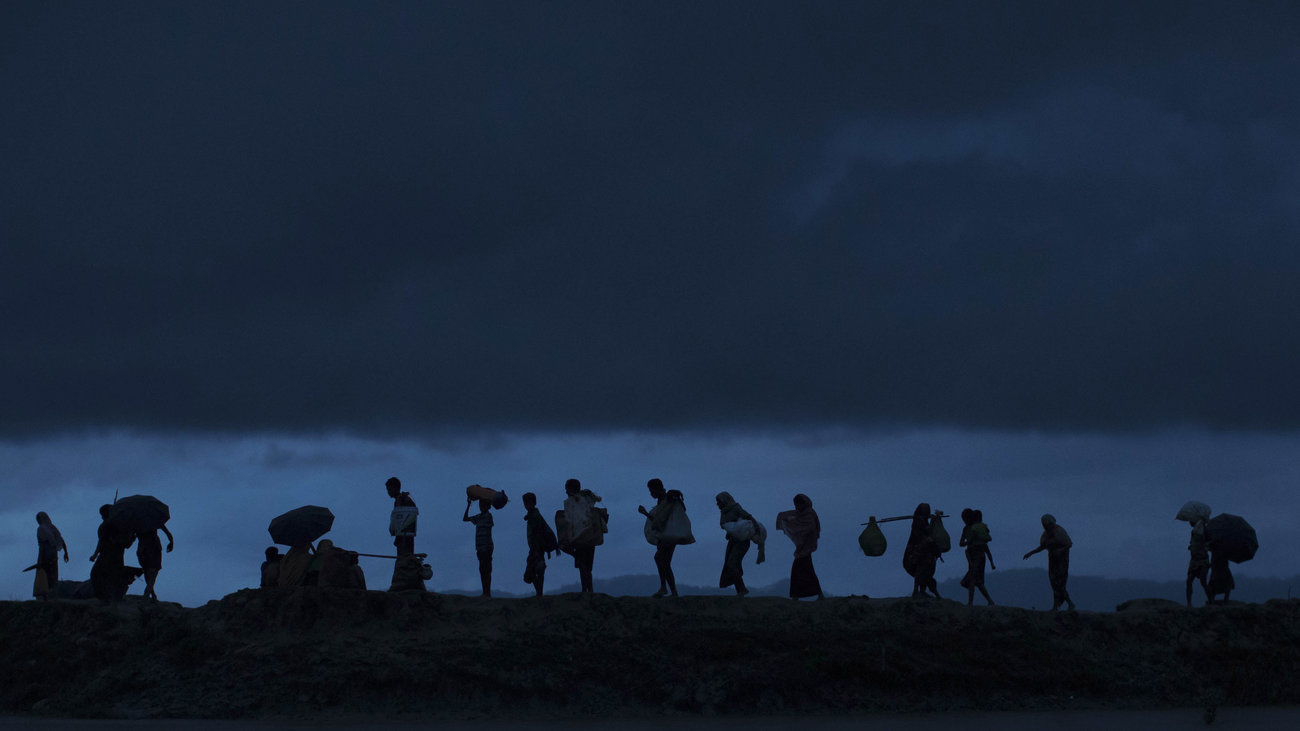To the East of India, located in Southeast Asia, lies the Republic of Myanmar. Assuming many of you reading this resemble myself, you may have never heard of this nation. However, within the past week, awareness of Myanmar has risen; speculation of a possible genocide has begun to shroud the nation.
According to BBC News, some 370,000 people, all of whom are members of a minority group of Rohingya Muslims, have fled to the border of Bangladesh in an effort to escape alleged violence.
This is not the first instance of violence to plague Myanmar. The first sixty years after gaining independence from Great Britain, the nation was filled with civil wars and bloodshede due in large part to the negative effects of remaining colonial structures. Although previous instances of violence in Myanmar have been due to political turmoil, recently, the violence has taken a turn towards majority v. minority conflicts. The main groups involved in the bloodshed are the Buddhist Rakhine and the Muslim Rohingya, which are respectively the majority and minority groups within the nation.
Since independence, the Myanmar government has strictly regulated the freedom of the Rohingya. In the University of Yale Law School’s analysis of the regulations of Myanmar, the law students found numerous accounts of restrictions imposed upon the Rohingya. These restrictions include: an outright denial of their citizenship, forced displacement due to Operation Naga Min in which the military hunted “foreigners” in the Myanmar, as well as marriage restrictions which force women to have only two children or face a potential ten year prison sentence.
As of late, the issue of sexual violence has arisen as well. Eyewitness accounts state that Rohingya women have been held at Myanmar military bases, sexually assaulted, and raped. At times, these instances of assault have led to death.
These restrictions on the minority Rohingya have created tension between them and the Rakhine majority. These tensions boiled over in 2012 when attacks began against the Rohingya.
Journalist Matthew Smith states that in his own time during the 2012 riots, he witnessed seventy Rohingya killed, many of whom were children. Smith witnessed villages being burned to the ground and documented numerous mass graves due to the violence. In a December 2016 article, Smith writes that these same issues of violence and fighting in Myanmar are happening all over again.
The 370,000 refugees seem to indicate that Smith’s claim may be true. As recently as a month ago, the United Nations suggested the Myanmar government has been trying to ethnically cleanse their nation of the Rohingya. As previously stated, the history of human rights’ abuse has been documented for many years leading up to 2017, yet the Myanmar government refuses to acknowledge the suggestion of ethnic cleansing.
It should also be noted that the recent violence is said to have been due to an August 25 attack by Rohingya militants on a police post. The attack led to 12 casualties of the Myanmar police, triggering the onslaught of violence.
The nation is seemingly on the verge of another Civil War, as the violence is not expected to stop any time soon.



